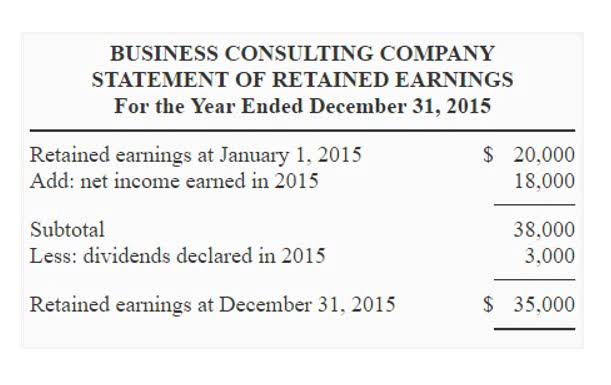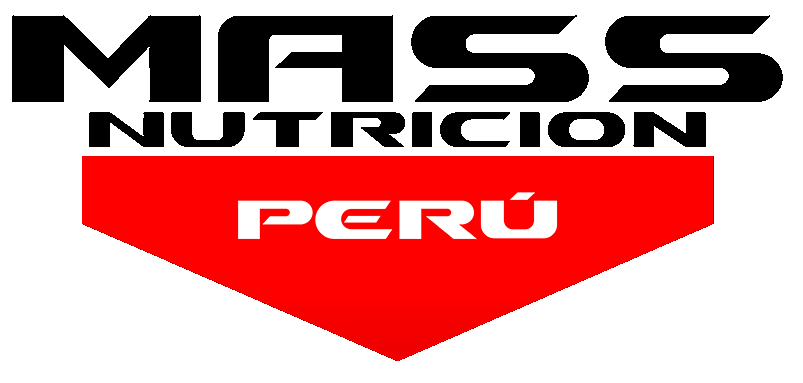
In this section, we provide a detailed walkthrough for generating an invoice for construction work, highlighting the significant role that construction invoicing software plays in streamlining this process. Firstly, they are fundamental to maintaining cash flow—vital for the health and operation of any construction business. Timely and precise invoicing ensures that funds are available for ongoing expenses, including payroll, materials, and equipment rentals.
Invoice follow-up
TCLI’s Billing Link®️ software makes it easy to create, manage, and track construction invoices. Easily integrated into your construction billing routine, Billing Link®️ stands out as a transformative https://www.bookstime.com/ tool designed to enhance your invoicing capabilities. Creating a construction invoice requires keen attention to detail to ensure every aspect of the work done is accurately accounted for and billed.

Benefits of Using a Template
Create clear payment instructions and terms on your documents, so mistakes aren’t allowed to sneak in. Similar to the last example, all costs are again passed onto the customers here. To do that, the percentage completion method is used to calculate costs. Progress-based billing is a little more complex – because it’s designed to spread your income over the length of a project.
Free Template: How to Write a Residential Construction Scope of Work
Utilizing these strategies allows contractors to overcome these common invoicing challenges, improving the accuracy of billing practices and fostering stronger, more trusting client relationships. The advantage of this billing method is that the contractor can earn a higher profit margin, which can benefit projects with high uncertainty or complexity. Additionally, clients can have greater confidence that the contractor is not cutting corners or taking shortcuts to reduce costs. Fixed price billing, or lump-sum billing, is when the contractor agrees to complete the project for a set price. This method is straightforward, and the client knows the total cost upfront.
Automated Payment Processing

While the type of contract doesn’t necessarily dictate the invoicing or payment schedule, it does affect the amount and type of information required in the invoice or payment application. A set price is agreed upon and paid in a single instalment – either before the project begins or after completion. As we’ll discover, there are several ways to price up a construction invoice.
- If a bank is involved in funding a project with an owner, the bank may have far more stringent payment application requirements that the owner may not even be aware of.
- Downloading a construction invoice example is a great way to get a feel for what you should include and what your invoice might look like.
- Additionally, it includes a second sheet to track the amount of work completed on each task to easily calculate the total completed to date.
- The construction budget template is helpful for both building and remodeling projects.
- Effective billing helps maintain financial management by keeping track of expenses, monitoring project costs, and invoicing clients for services rendered.
- Whatever provides a gentle reminder that a payment is coming up (and how to pay it).
- Give it your personal touch and make your clients happy while paying you.
Keep Comprehensive Records
Intuit accepts no responsibility for the accuracy, legality, or content on these sites. Lien waivers and lien releases are completely different documents (even though they are often confused by the construction industry). I am reviewing a schedule of value for construction invoice a project that does not have a % of the project total assigned to project closeout. I have heard the industry standard is 10% of the overall project is given to project closeout. One important detail to always include is a reference to the quote or estimate.
- Fixed price billing provides clarity and reduces uncertainty for clients, while time and material billing offer more flexibility.
- With Smartsheet, the changes are made in real-time so the punchlist is always up to date and can be shared online with multiple subcontractors.
- In most cases, general contractors will need to keep record of and submit all of the invoices that other contractors, subs, or suppliers have sent them in order to receive the cash to pay those invoices.
- It helps break the large amount into smaller amounts and maintain good cash flow throughout the project.
- General contractors should ensure that whatever payment terms they receive are mirrored in the contracts with their subcontractors.
- Cost plus percentage billing can benefit contractors, while guaranteed maximum price billing provides greater transparency and reduces the risk of cost overruns.
For example, if 30% of a project is complete in a month, you will get 30% of the total job cost in that period. And since we’ve so neatly landed on the topic, what better time to dig into some of those invoicing methods? But the importance of percentage completion, costs of services or outstanding balance very much depends on how many instalments you’ll be paid in and how they’re calculated. The trick is to make sure your back is covered before the construction project starts. The client hasn’t yet paid their dues and you’re increasingly beginning to wonder whether they’re actually going to. Requesting a deposit before starting work is a common practice in the construction industry for more advanced work and is one of the best ways to secure payment upfront.
